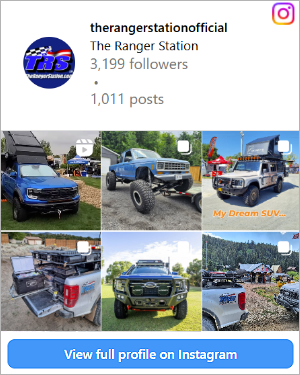- Joined
- Oct 9, 2009
- Messages
- 1,896
- Points
- 3,101
- Vehicle Year
- 1998
- Transmission
- Automatic
YOU said the temp gauges run lower with the cooler thermostats, therefore you are not running them hard enough for the thermostat to be fully open - it's just how the mechanism works in that once the thermostat is wide open both are exactly the same.
As @scotts90ranger said, it isn't really possible to run them hard enough to tax the cooling system on public roads, except maybe if you are towing near capacity in the hills. The heat loss on short bursts is nothing compared to sustained output. Did you think you were the only mid-50's guy that knows how to run a vehicle hard? I learned how to heel-toe, double clutch and match revs 30yrs ago, and understand slip angles, the proper line through a curve and late braking. Like a lot of guys here I can run fast if I want to, and the Abarth gets workout quite often, but I also gained a little wisdom along the way and don't want to hurt anyone or piss people off at their homes either. Still, there is no way I could make that engine work up a sweat even at insane speeds on public roads.
The other condition where the thermostat may open fully is at long idle or stop & go traffic where there is not as much air flow.
I know all about proper lines through curves, one of my favorite past times is hauling ass around curvy roads. Yup, don't like pissing off the neighbors. And yep, we have traffic lights here you can take a nap at, I refer to them as nap-inducing stop lights. And hot and humid is the word of the day in Oklahoma. So I fully expect the thermostats on any of the five vehicles listed in my sig line are fully open at some point in time during the summer. During the winter, not so much. Al I have to do is turn the heater on in any one of them, and can watch the temp needle drop noticeably. I rarely run ac, I prefer driving with the windows down. Long highway use is the only exception.












